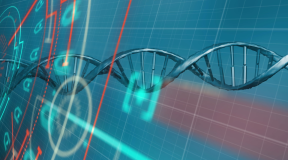Lithium-ion battery technology, developed back in 1970-1980, has given a powerful impetus to mobile devices and electric vehicles progress.
This year's Nobel Prize in Chemistry has gone to John Goodenough, the University of Texas at Austin, Stanley Whittingham, Binghampton University, and Akira Yoshino of Meizu University, who is also an employee of Asahi Kasei.
The three scientists invented the lithium-ion batteries technology, most of the gadgets use today. The Nobel Committee’s website features a press release on the discovery.
The great value of new Nobel laureates’ achievement is undeniable - lithium-ion batteries power almost all devices today from smartphones to electric cars.
The operation of such batteries is based on the reaction of lithium oxidation-reduction, which is part of the anode. When the battery gives off energy, i.e. discharges, lithium oxidation occurs and the metal in the form of a charged cation begins to move towards the cathode. When the battery is charged, lithium ions move back from the cathode to the anode due to the electrical charge.
The milestones in lithium-ion batteries development occurred in the 1970s and 1980s. In 1973, Stanley Wittingham came up with the idea that titanium sulphides capable to hold lithium could be used for the cathode. The first battery based on this principle appeared in 1976. A few years later, John Goodenough decided to use lithium cobalt LixCoO2 instead of titanium sulfide.
Akira Yoshino's team made another stride in 1985 when it invented soot-based anodes. Due to graphite -like structures, soot can hold much more lithium atoms. This approach enabled to greatly increase battery capacity, as well as reduce their explosion hazard.
The Nobel Committee notes that lithium-ion batteries have played a crucial role in the advancement of mobile technology and electric vehicles progress.
Share this with your friends!





Be the first to comment
Please log in to comment